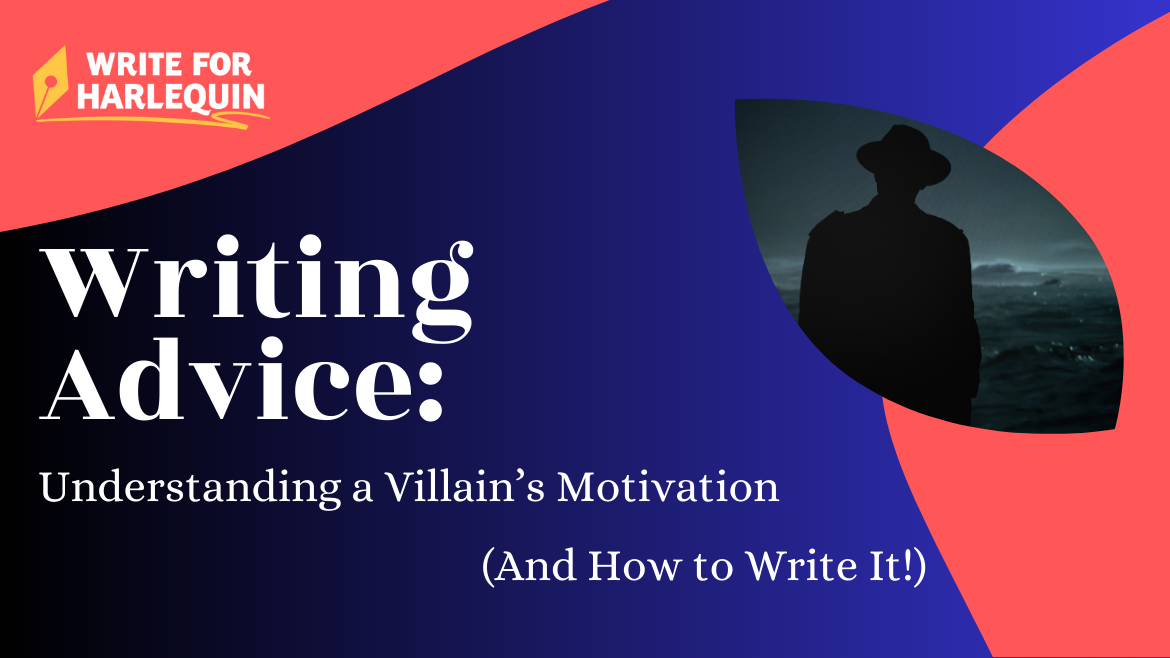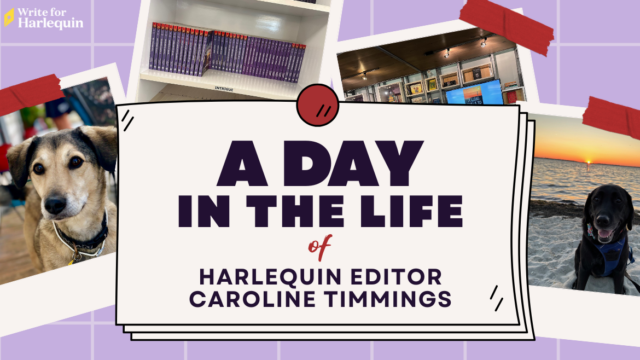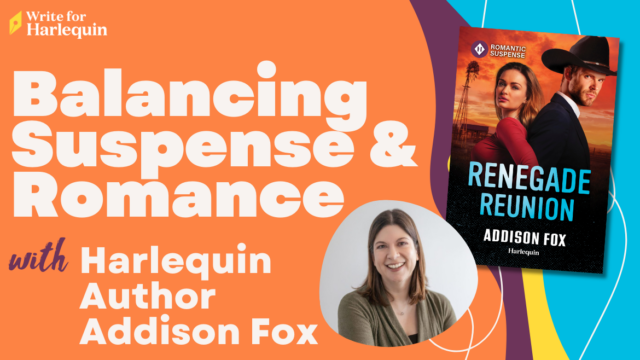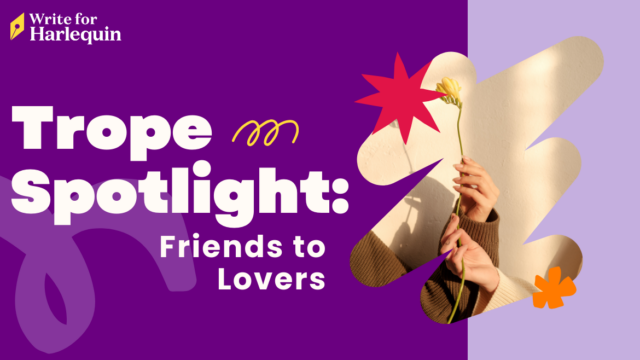
By Editor Emma Cole
Of course, your heroes and heroines have clear goals and motivations that resonate with readers. But what about your villains? Setting up your antagonist with a great motive not only helps you create a more realistic conflict, it strengthens your overall story. After all, overcoming a fantastic villain rather than a boring one gives your heroes a much more satisfying HEA. A fully developed adversary is even more important in a suspense narrative, like in Intrigue, Romantic Suspense, or Love Inspired Suspense. Here are some of our tips for understanding your villain’s motivation.
It’s Personal
What makes your hero the hero? Understanding exactly why your main character is motivated is the first step in determining your villain’s motivation. That’s because your rogue needs to be in opposition to your protagonist. Whether it’s because of a personal grudge or slight, a need to reach a goal first, or a broader conflict, making sure your adversary’s raison d’être is about more than just “because the plot says so” is tremendously important. You need to know the why behind your character’s actions, and that goes for heroes as well as villains. A good villain will be a match for your heroes, and that won’t happen unless you delve deep into each character’s motives.
Why Are You Like This?
Some common motivations for villainous characters:
- Greed/Ambition. Does your hero have something the villain wants? What makes the bad guy or girl decide they need to take the prize from the good guy, and how are they going to get it? If the villain doesn’t want something specific from the hero, they may instead want it all, and will do whatever it takes to get it.
- Revenge/Betrayal. Did your hero best the villain in the past? Or maybe the antagonist is convinced your main characters played a role in something terrible that happened to them (even if they didn’t!). A villain who has been negatively affected by a situation your protagonist caused (either inadvertently or on purpose) makes for a compelling and sometimes sympathetic anti-hero.
- Weakness/Fear. Is your antagonist worried about losing everything? Are they in a precarious position where they might be exposed? Having a character desperate and motivated by weakness creates high tension, high drama situations for your heroes to overcome. This kind of motive adds a sense of uncertainty and danger as your villain is backed into a corner and is willing to do anything to get away.
- Rivalry. This motivation comes into play in many of our Harlequin romance novels, not just our suspense series. Does your hero break up with someone before finding the person of his dreams? Maybe the previous love interest is still harboring feelings and wants to sabotage his new relationship. Or perhaps a rival business owner is determined to cause our heroine enough damage she’ll close up shop so they can be the sole bakery in town.
From a Certain Point of View
If you read Harlequin novels, you will notice that most of our stories use dual, third-person POV. Readers enjoy seeing the full emotional journey of both characters in our romance novels, and so it helps to be able to experience the story from both protagonist perspectives. But you might notice that in our suspense series, there are often scenes or chapters that break from the dual point of view and introduce a third: the villain.
These villain viewpoints can do two things. One, they allow the reader to gain insight into the villain’s motivation (which is where you can put the tips from this post into practice!). Two, they ratchet up the suspense, because readers learn things the heroes don’t yet know, and the tension increases while we wait for the bombshell to drop. Using this third viewpoint sparingly is an effective way to build stakes in your story, but be careful not to lean on this technique too much; you don’t want to give away too much of the plot!
What NOT to Use as Motivation
One last thing to mention while we’re talking about villain motivation: historically, many (MANY) villain backstories and motives have been attributed to living with a mental illness. It’s an outdated concept, but there is still a tendency in some stories to fall back on this somewhat tired trope. While it’s certainly true that your villain may lack a moral compass, the temptation to use a blanket mental illness to explain your antagonist’s motivation feels overdone and trite. Our editors and copyeditors will generally flag language that could be construed as ableist in the manuscripts we read. Be mindful of describing characters living with a mental illness or a substance use disorder as dangerous.
If you’d like to read more about motivation and how to create compelling characters, check out these other Write for Harlequin posts:




